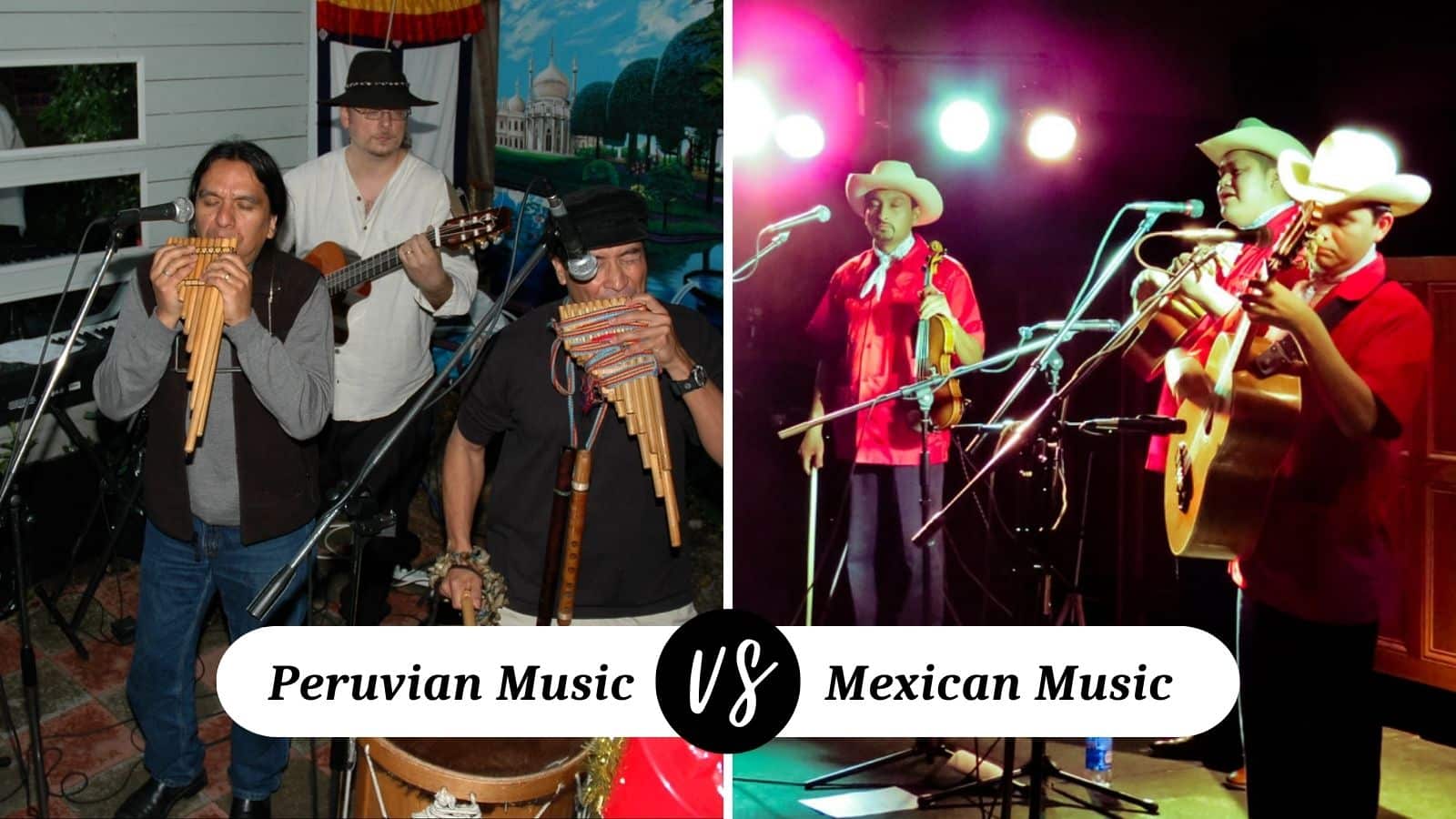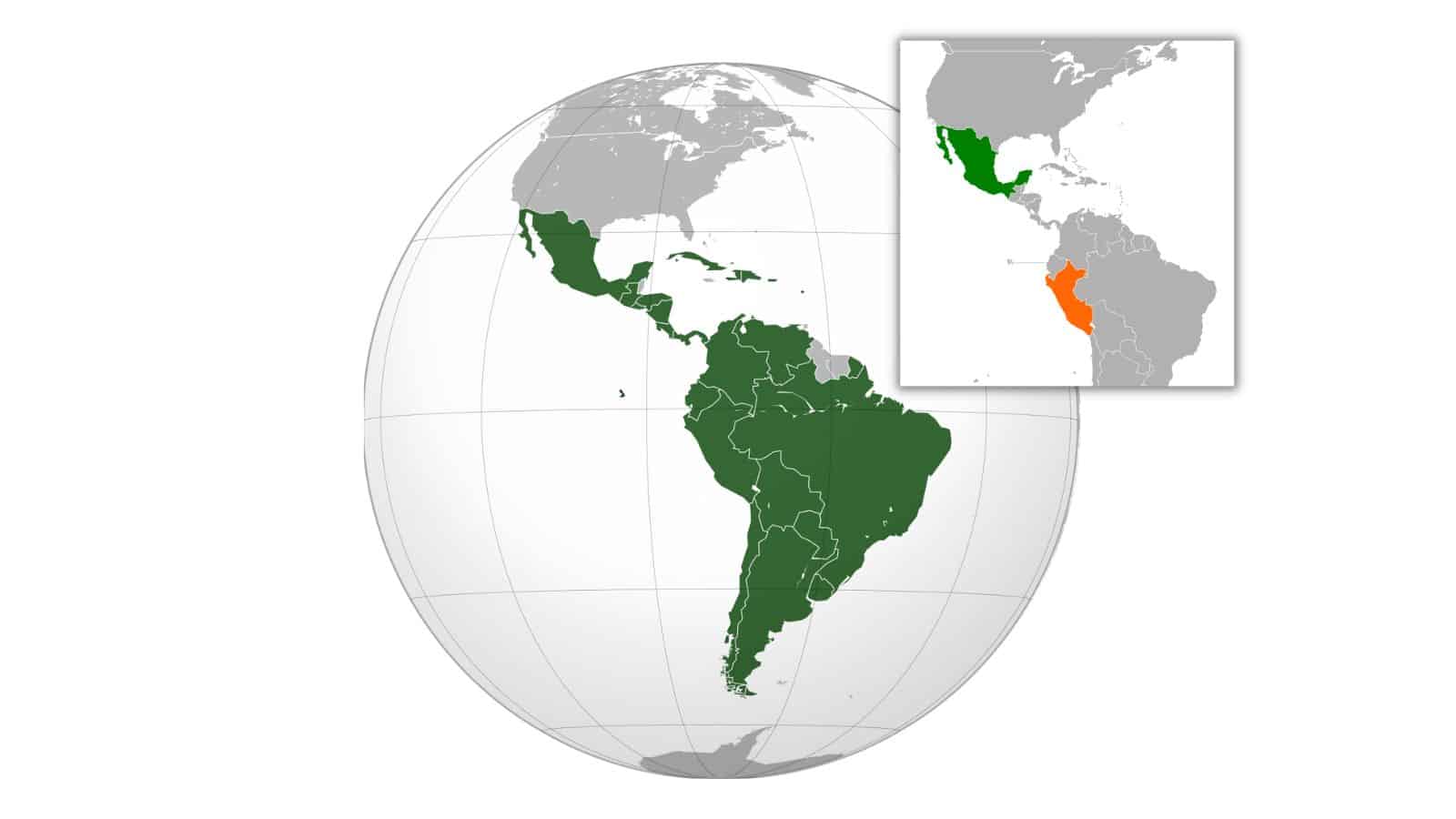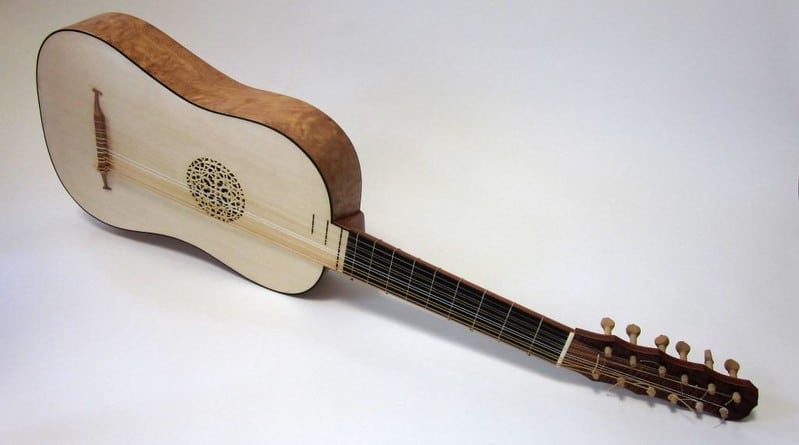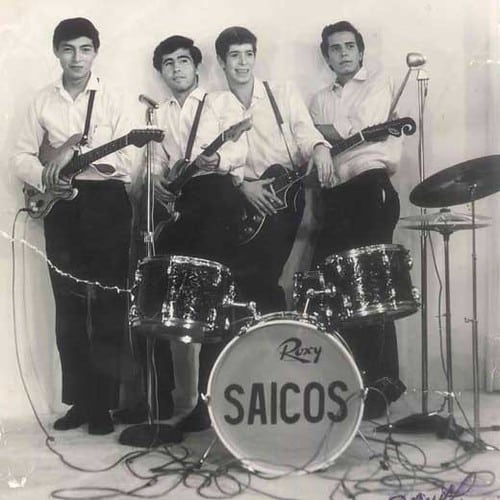
We’ll look at the music of Peru and Mexico pre- and post-Spanish invasion. Both countries were mighty empires conquered by the Spanish colonialists, who brought their music, traditions, and culture to these countries.
As time progressed, both countries developed exciting and ‘new’ music influenced by the Spanish invaders and the enslaved Africans they used for hard manual labor. But traditional music did not die out entirely either; it is still present today alongside the fusion of styles.
Geographical Orientation
Although Peru and Mexico are far apart, they share some cultural similarities due to Spanish colonization. In addition, both countries are part of Latin America, an artistic concept referring to the Americas where Romance languages (languages derived from Latin) are spoken.
Although the term doesn’t have a precise definition, it is generally accepted to include Mexico, Central America, islands of the Caribbean, and South America.

The Spanish conquered and overpowered the indigenous peoples of Mexico and Peru (among other parts of Latin America).
For example, Hernán Cortés and some men brought down the Aztec empire in Mexico between 1519 and 1521. Just over a decade later, Francisco Pizarro and his fellow conquistadors (‘conquerors’) toppled the mighty Inca empire in 1532—1533 (source).
Peruvian Music vs Mexican Music
It is almost unfair to want to compare these two countries’ music with one another. Still, we live in a world where binary distinctions and dichotomies help us to make sense of the world around us.
So let’s start with the similarities between the music in these two countries before moving on to the differences.
Both countries were colonized by the Spanish—a short eleven years apart. Whenever a country is colonized, the colonizer brings their own culture and belief systems to the new country and imprints it upon the colonized peoples.
With the Spaniards came guitars, which are the national instrument of Spain. More accurately, the vihuela that came with the Spaniards, was a twelve-string precursor to the baroque guitar, which evolved into the modern, six-string guitar.
In Mexico, the vihuela is still used and forms part of Mariachi bands. The Mexican vihuela has five strings, a more diminutive soundbox or body when compared to a modern guitar, and a rounded or convex back.
Furthermore, it plays an octave higher than a modern guitar. This instrument does not take a melodic role in Mariachi bands but rather accentuates and supports the rhythms created by the Guitarrón or Guitarrón Mexicano.
It is believed that the Guitarrón was derived from the Spanish Bajo de uña—a bass instrument from the sixteenth century. The Guitarrón is a large bass ‘guitar’ with a fretless neck and six strings (three steel, three nylon).
In Peru, the charango is a small stringed instrument traditionally made with a dried armadillo shell forming the back. Modern versions use wood because armadillos are an endangered species. The instrument is mainly featured in traditional Andean music.
Different types of flutes are present in both cultures. Still, the ocarina is the most common wind instrument shared between Peru and Mexico. It is a traditional instrument that has luckily survived in traditional music.
Music After the Spanish Invasion
After the Spanish invasions of Mexico (1519—1521) and Peru (1532—1533), much of the traditional music started to decline. The conquistadors tried their best to eradicate the traditions of the conquered peoples, but luckily, they failed. =
Instead, the locals adopted their overlord’s music and synthesized it with their own. When we added enslaved African people to the mix, a unique mixture of music started to emerge.
Spanish instruments were more readily adopted in Mexico, but Mexican rhythms and musical ideas were fused with Spanish music. Emperor Maximilian introduced European music to Mexico and accumulated marching bands and musicians to entertain him.
After his execution, his soldiers and fellow countrymen fled to the north (today, the southwestern USA). The developed music was Norteño—a blend of Mexican and Spanish musical and oral traditions, with polka and waltz and marching military band brass instrumentation.
In Peru, the coastal region was heavily influenced by the Spanish and European rhythms like the waltz and polka mixed with the rhythms brought with the enslaved African people. This mixture is known as Creole music.
In Lima the Peruvian waltz was the most popular type of dance and music. Other Creole music genres include the polka and the marinera, which come from the Afro-Peruvian zamacueca dance.
The marinera draws influence from the Spanish fandango, African zamacueca, and the traditional Andean courtship dance. Closer to modern times, the band, Los Saicos, is considered by international and local media as the world’s first punk rock band.
Further Discovery and Listening
The links below provide more information on instruments, musical styles, etc.
- Traditional Mexican instruments
- A geographical look at the different styles of music found throughout the regions of Peru
- Types of music found in Peru
- Videos of traditional instruments of Peru (more in-depth information here)
- Information about the Mayans, Incas, and Aztecs


